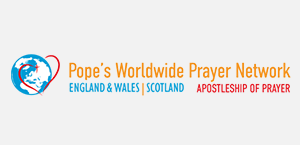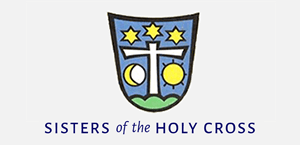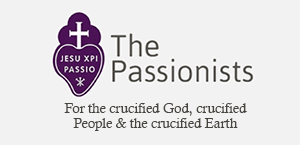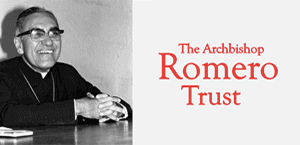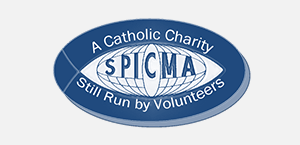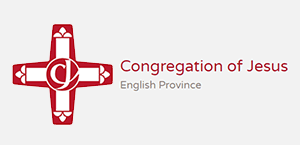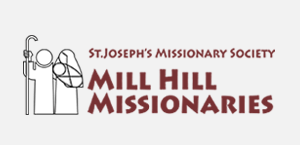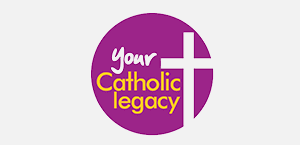Gospel in Art: A new commandment I give to you, that you love one another
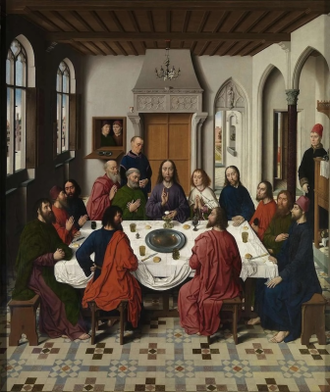
The Last Supper, by Dieric Bouts © St Peter's Church, Leuven / Wikimedia
Source: Christian Art
Gospel of 18 May 2025
John 13:31-33a, 34-35
When Judas had gone out from the upper room, Jesus said, 'Now is the Son of Man glorified, and God is glorified in him. If God is glorified in him, God will also glorify him in himself, and glorify him at once. Little children, yet a little while I am with you.
'A new commandment I give to you, that you love one another: just as I have loved you, you also are to love one another. By this all people will know that you are my disciples, if you have love for one another.'
Reflection on the painting
In the opening lines of our Gospel reading, Jesus speaks the word "glorify" no fewer than five times. He speaks of how He glorifies the Father, and how the Father, in turn, glorifies Him. Hearing these words of glory at the Last Supper, just moments before Jesus enters into His Passion can seem almost jarring. It feels like a paradox. We naturally associate glory with splendour, beauty, and light, while suffering evokes thoughts of darkness, pain, and humiliation. Yet in Jesus, these opposites are united. He reveals that true glory is not found in outward magnificence, but in the love that gives itself fully, even through suffering.
What glorified God was not the suffering itself, but the perfect love with which Jesus freely embraced that suffering. It was His total, unwavering love for the Father and for us, that transformed the Cross from a symbol of shame into a throne of glory.
This depth of meaning is captured beautifully in our mid-15th-century painting by Dieric Bouts, which portrays in intricate detail the Last Supper, the setting where these words were spoken, just after Judas had slipped away into the night. Yet in Bouts' depiction, Judas is still present, seated opposite Christ on the left, his face shadowed to convey his impending betrayal. His hand is hidden behind his back, a silent gesture of withdrawal, distancing himself from the communion shared by the other apostles, who are depicted in serene, prayerful poses.
At the very heart of the painting stands Christ, perfectly centred (at the intersection if we were to draw two digital lines from the corners of the painting). All attention is drawn to Him. With His right hand He offers a blessing; in His left, He holds the Eucharistic host above a silver chalice filled with the consecrated wine. Before Him sits a large metal bowl containing a rich, brown sauce, an echo of the Passover lamb shared in the meal. Notice too the generous folds of the white tablecloth, a detail reflecting Flemish custom, where extra fabric was provided for diners to wipe their mouths (these were the days before napkins were used).
But perhaps the most striking detail is the empty space at the front of the table; an intentional invitation. That space is left open for us. As viewers, we are drawn not just to observe, but to take our place at the Lord's Table, to enter into communion with Christ, who offers Himself in love. It is a silent call to each of us, especially as we enter into the mystery of His Passion: to recognise that we are not distant spectators, but invited guests at the feast where love and glory meet.
LINKS
Gospel in Art: https://christian.art/
Today's Reflection: https://christian.art/daily-gospel-reading/john-13-31-33a-34-35-2025/ (with audio)









